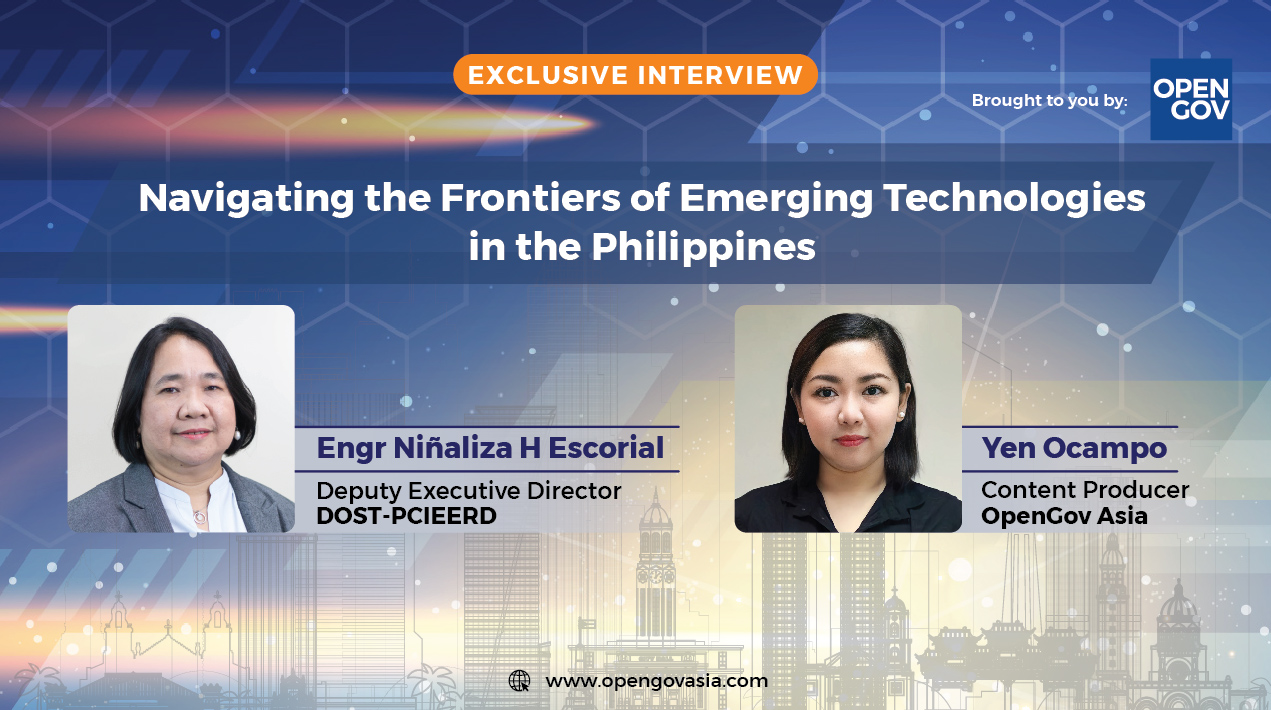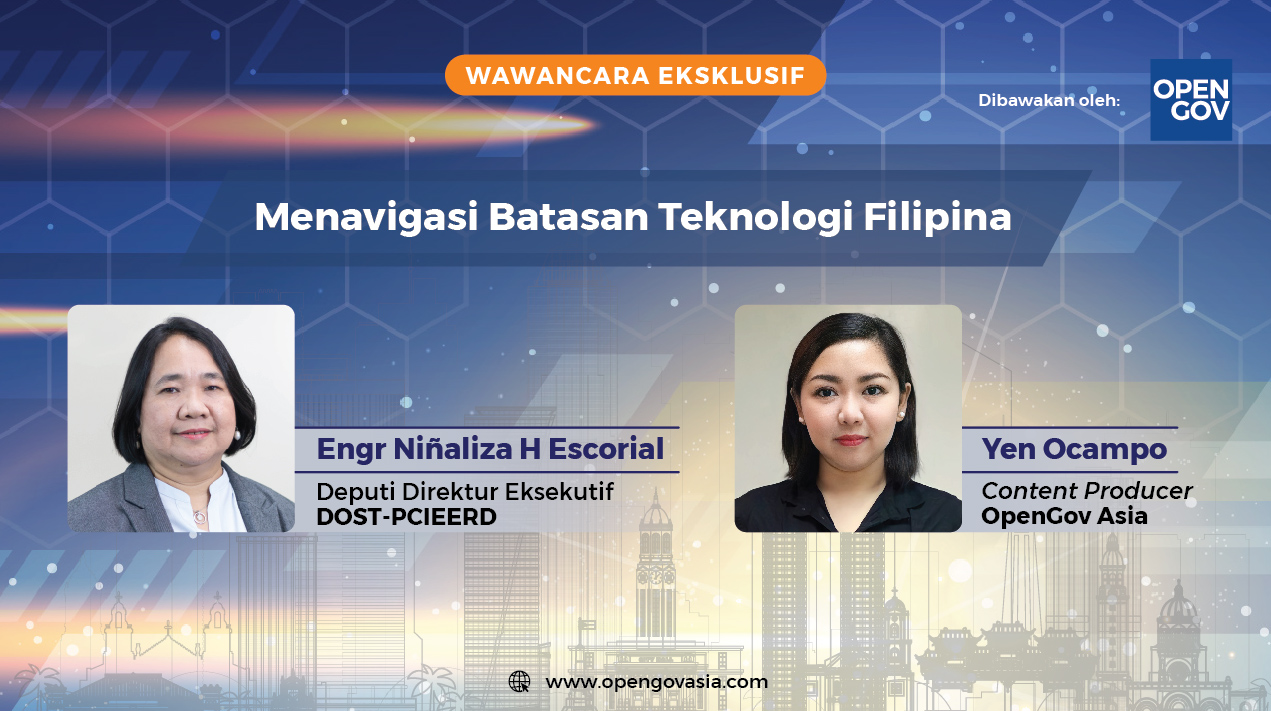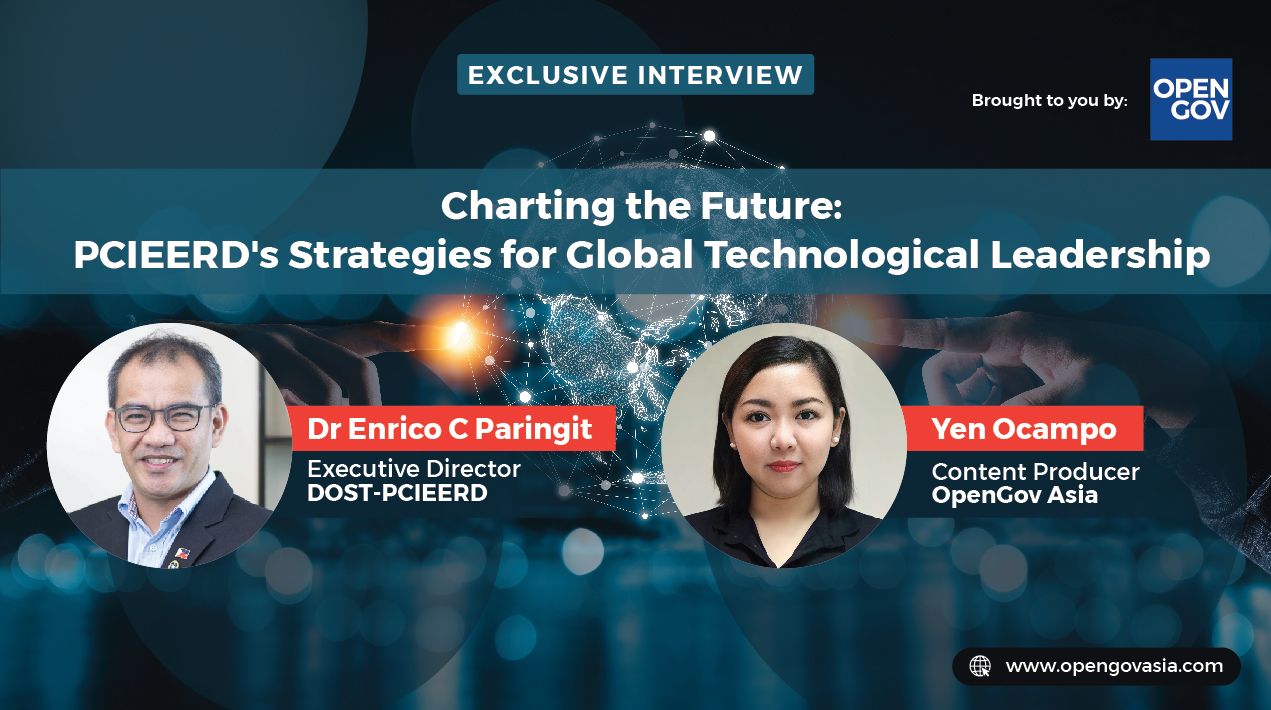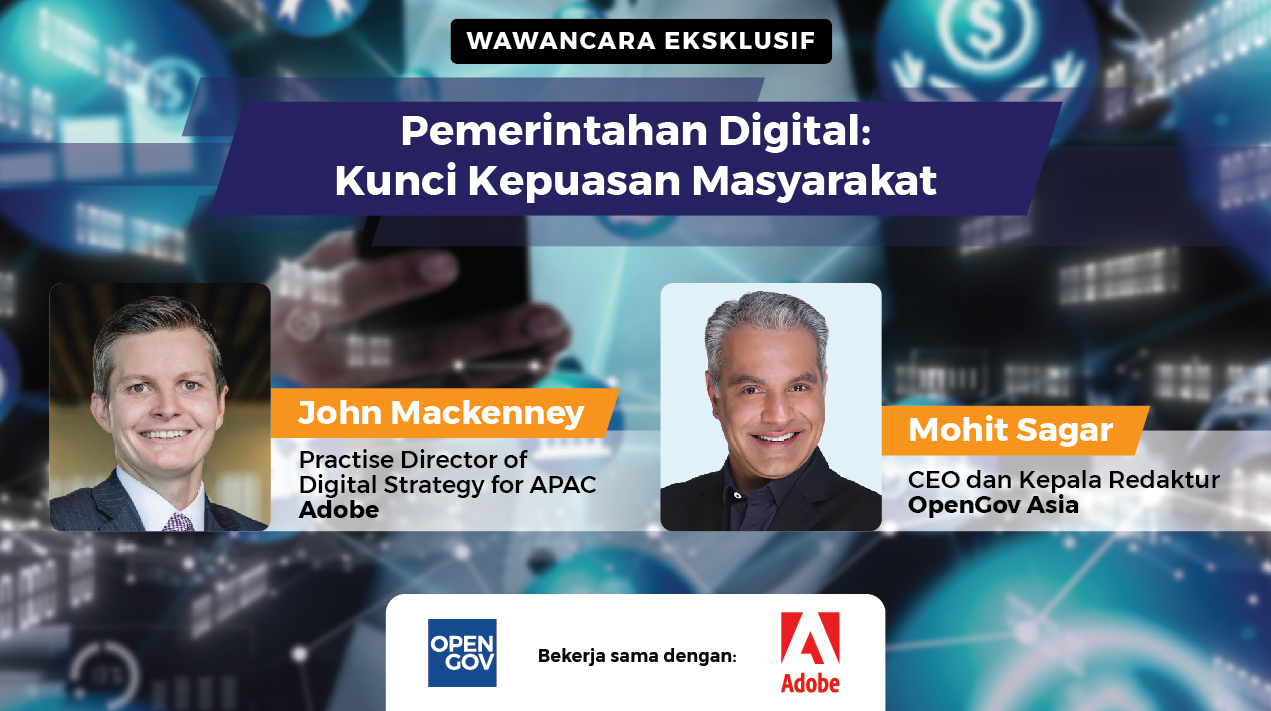![Part 2: Biometrics and Wearable Technology – The Inevitable Marriage? [OG Partner]](/wp-content/uploads/2018/09/59e6efe9b9e454000156f861_biometric-wearables-marriage2.jpg)
Part Two in a four part series.
In part one of this series we looked at the market outlook for wearable devices. In this installment we will explore how biometrics fits into the world of today’s wearable technology.
Where does biometrics fit in the new world of wearable technology?
In terms of the traditional biometric modalities (e.g., finger, face, iris and voice), wearable technologies offer few real surprises.
Fingerprint authentication on smartphones is already accepted as standard practice, so taking the next step to smart watches seems only a matter of time. The key challenge is the smaller form factor of wearable technology – leaving little space for fingerprint scanners. If fingerprint biometrics want to find a place in wearable technology, fingerprint swipe sensors may see a comeback.
Since some wearables include a camera, facial recognition can be used for both user authentication and for identification of other people. Specifically, smart glasses and body worn cameras might employ facial biometrics on the device itself to immediately identify people in the field of view. While there was significant public outcry to the general use of facial recognition technology in Google Glass, there are security applications where such technology is acceptable to the public. In research conducted by Newspoll in 20121, 95% of respondents supported the use of facial biometrics by border security officers to identify travellers on a police watch list.
The majority, 63%, of biometric professionals surveyed at the Biometrics Institute Asia Pacific Conference in 2016 said that enabling law enforcement and security officers to identify known or suspected criminals or terrorists is the most appropriate opportunity to incorporate biometrics into wearable technology.2
In fact, body worn cameras, which clip onto a uniform like a badge, are already enjoying widespread adoption among law enforcement agencies world-wide. Some, like the CITE body worn camera from Strategic Systems Alliance, are capable of performing on-board facial recognition in real time against a sizable database of facial templates. In addition to supporting self-authentication at time of badge issuance/return, these devices can identify persons of interest and notify the wearer via a smart phone or even a discretely worn Bluetooth earpiece. For police officers and border security officers, this provides a powerful tool for identifying suspected criminals and terrorists on watch lists.
Although iris recognition is not being used in wearable devices today, Samsung’s new Galaxy 7 phablet uses iris recognition to unlock it – others will soon follow. As a result, it seems likely that wearables with cameras may evolve to incorporate iris recognition.
The small size of microphones and the recent advancements in voice command interfaces makes voice identification a good choice for self-authentication of wearable technology users. Devices today such as the CommBadge3 use Bluetooth technology to automatically extend the voice command capability of iOS and Android smartphones to a small microphone/speaker clipped onto the user’s clothing. And in the not too distant future, even Star Trek’s Universal Translator may make the leap from science fantasy to everyday reality.
There is clearly a future for traditional biometric technologies in wearable technologies, but that isn’t where the greatest potential lies.
Traditional biometric modalities are well suited for worn accessories, but wearable technology isn’t limited to worn accessories with audio/image sensors. Radically new biosensors will transcend the limitations of “smart accessories” and enable practical applications for an entirely new class of non-traditional biometrics.
Smart clothing products are available now and under development from companies like Samsung, Google, OMSignal, Hexo Skin, UnderArmour and Polo. Smart shirts, shorts, bras, jackets and shoes may not look like technology, but they can monitor heart rate, body temperature, muscle tension, activity, anxiety and more. Smart clothing typically includes conductive threads that enable the detection, transmission and protection of electrical signals within the smart clothing – effectively turning the clothing into a sensor.
Future sensor networks will extend the capabilities of today’s smart clothing by employing special purpose, ultra-low power sensors to communicate wirelessly with each other and with the Internet via a Wireless Body Area Network (WBAN). These sensors may be embedded in different wearable devices, yet collaborate to provide a more complete picture of the wearer. And a network of biosensors (from head to toe) would be able to measure physical characteristics that are difficult to detect using a single sensor (e.g., EEG, ECG). In essence, the capability of the sensor network is greater than the sum of the components.
Embedded biosensors are placed directly on or under the body surface. In the 2012 remake of the classic movie Total Recall, government agents had mobile telephone and video conferencing circuitry embedded in the palm of their hands. The reality today is that embedded sensors are available today, but primarily used for monitoring medical conditions.
One innovative example is the Google Contact Lens4, a smart contact lens project announced by Google in 2014. The project aims to assist people with diabetes by constantly measuring the glucose levels in their tears. The soft contact lens has a sensor that measures glucose levels in tears and an antenna for receiving power and communicating with a controller. The device is currently in trials and Google is working to obtain government approval for public release in the near future.
But if you find these wearable technologies amazing, wait until you see what’s coming next…
In the next installment of this four-part blog series, we will look at biosensors coming to us straight out of the pages of science fiction and the impact they will have on biometrics as we know it.
1Unisys Security Index Research, Newspoll, April 2012
2Unisys surveyed 54 biometric professionals at the Biometrics Institute Asia Pacific Conference, 24-26 May 2016
3CommBadge Technologies, LLC, www.commbadge.net
4“Google Smart Contact Lens to Hit the Market Soon?”, Tech times, 28 June 2015
First published at http://blogs.unisys.com/onpoint/part-2-biometrics-and-wearable-technology-the-inevitable-marriage/





















